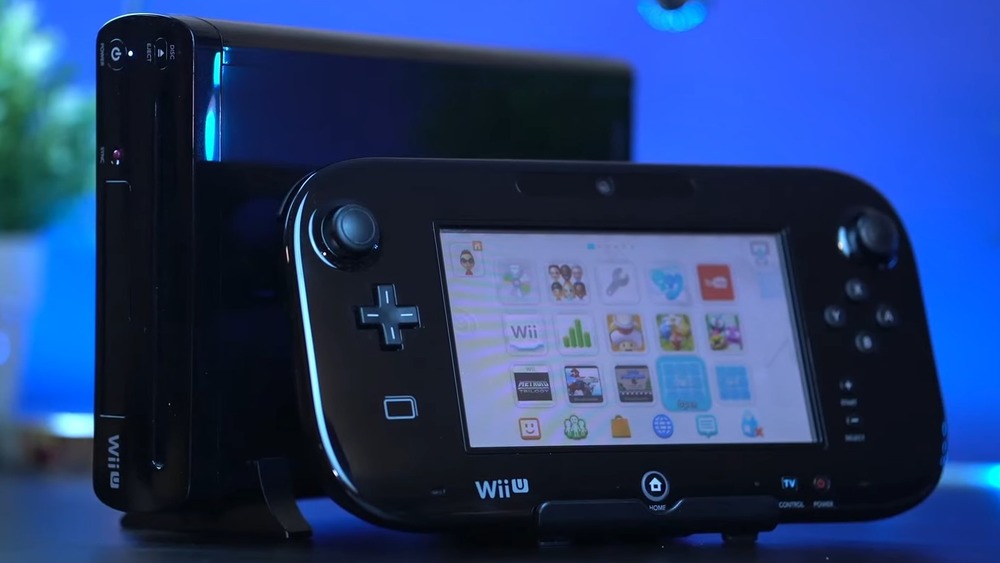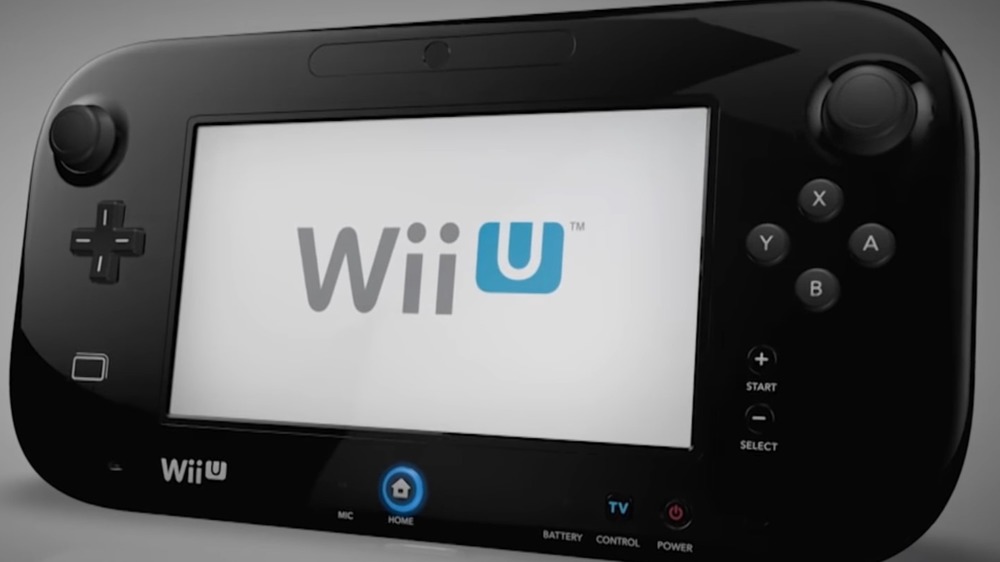The Real Reason Wii U Tech Couldn't Live Up To The Expectations
The Wii U can be considered one of the biggest flops in Nintendo history. The system was introduced in 2012, following the massive success of the Nintendo Wii. Unfortunately, Nintendo was unable to continue rolling with the punches. The Wii U left Nintendo sitting with a black eye that could not be covered up. The Wii U limped its way across the finish line — Nintendo was only able to ship 13.56 million units. To compare, its predecessor (the Nintendo Wii) was pushing upwards of 101.63 million units.
The Wii U was a hard lesson for Nintendo. The Nintendo Wii had introduced the unique motion-sensitive controller. It was a unique and intuitive way to play games and gamers loved it (despite the faulty straps).
It is easy to forget, but toward the tail end of 2012, tablets were touted as the next big thing, which is likely why Nintendo went all-in on touch screen technology. So what went wrong with the Wii U?
The subpar hardware
The Nintendo Wii U GamePad was pretty much useless if it was not connected to the base station via WiFi. Essentially, gamers could opt to play their games on the embedded screen but they still had to stay within a certain range of the Wii U console.
The Wii U was not running any cutting edge technology. The console was released in 2012 and the Xbox One and PlayStation 4 were released a year later in 2013. The Wii U utilized a triple core PowerPC processor — a major step up from the GameCube and the Wii. Unfortunately, the PlayStation 4 and Xbox One would be released with higher quality processors and graphics cards. Maybe if the console had been released in 2006, it would have been golden, but that was not the case.
In the end, the Wii U was plagued by a gimmicky game controller, a low-res touch screen, short wireless signal range, and an outdated processor. It's no wonder the console couldn't keep up with the competition.


